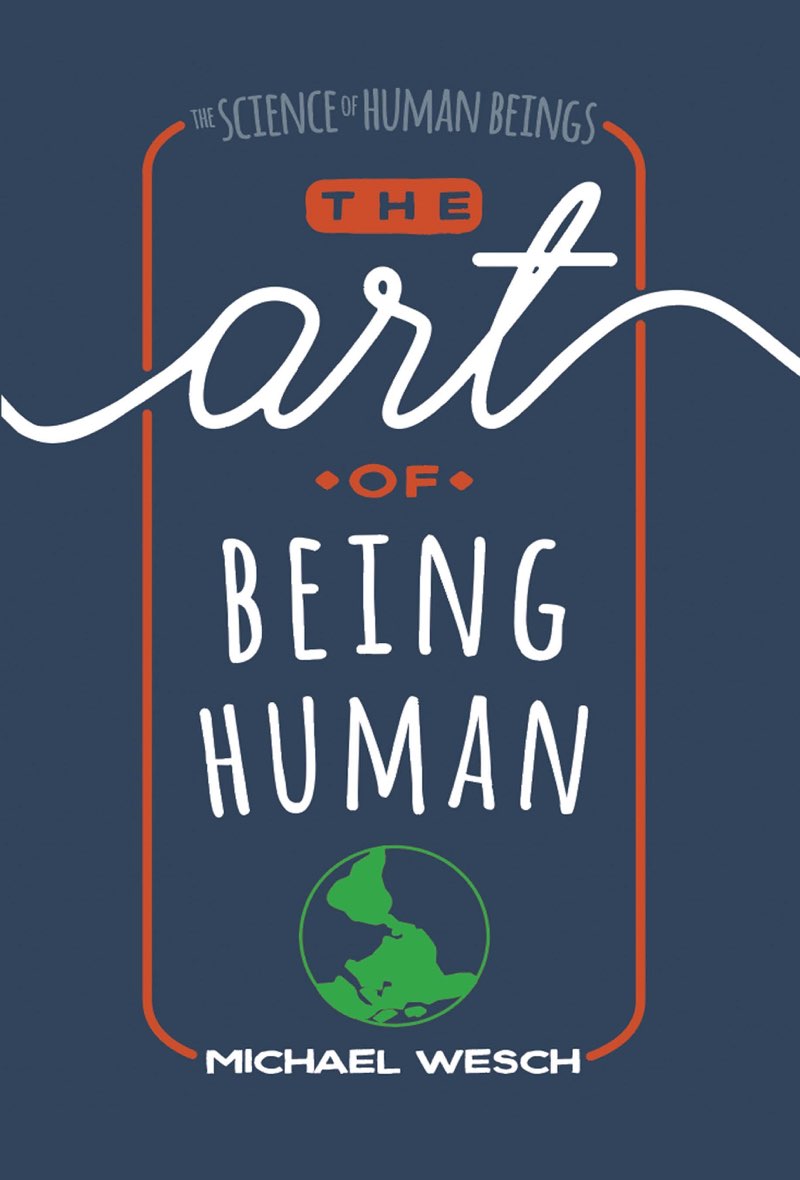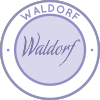Source:
https://www.onecommunityglobal.org/waldorf/
The Waldorf education philosophy is just one of
the many systems we have researched to create the
Education for Life Program. The Waldorf method distinguishes three broad stages in child development that each last approximately seven years. The first stage focuses on hands-on learning activities and through creative play; the second focuses on artistic expression, social development, and creative and analytic thinking; the third stage encourages critical understanding and morality. This page is meant to function as an ever-expanding archive of
open source, free-shared, and duplicable Waldorf education philosophy inspired ideas that we organize into the primary components of the
One Community Education Program:
Curriculum for Life,
Teaching Strategies for Life,
Learning Tools and Toys for Life, and building
The Ultimate Classroom. These components are designed to be combined to create endless “
Lesson Plans for Life” purposed to grow and evolve what we feel will be the most comprehensive, effective, and diversely applicable free-education program and resource archive in the world. The One Community
Foundations of Teaching, Leadership, and Communicating, combined with a
collaborative Evaluation and Evolution Component (Portfolio Creation and Maintenance), help us to further grow and adapt both the program and as individuals.
RELATED PAGES
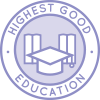

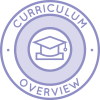


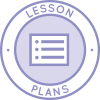



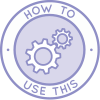
OTHER WAYS TO CONTRIBUTE TO EVOLVING THIS EDUCATION PROGRAM WITH US
WHAT IS THE WALDORF
EDUCATION PHILOSOPHY
If you have ideas stemming from Waldorf education, philosophy, and/or theory that you feel should be added to this developing resource guide, please use our
Education for Life Collaborative Input Page. To create the upcoming page we have researched a diversity of the components of the Waldorf method and Waldorf schooling approach including: Waldorf education training, Waldorf education curriculum, Waldorf homeschooling, and more. Our goal is to list here what we feel are the best, simplest, and most usable tools with application and benefit for
all ages?
Waldorf Foundations of
Leadership, Teaching, and Communicating● Self governing by consensus of a group of
teachers: Provides creative autonomy as a foundational skeleton which enables children to learn by
example● Multiple intelligences: Children are measured as individuals (versus based upon universal criteria) to allow for multiple and differential intelligences
● Looping: Utilizing the same teacher over multiple years in order to build long-term relationships
● Greet: Shake each student’s hand, and make eye contact as each enters class. This strategy allows the teacher to check in on each student at the start of the day. Students will line up at the door, eager for a one-on-one moment with the teacher.
● Relate: Create a buddy system with students in an older grade. The cross-age pals at the John Morse Waldorf Methods School meet once a month to learn about building solid relationships with both younger and older students.
● Draw: Let students illustrate their own workbooks. Having students draw out math and reading lessons is a great way to integrate art into the curriculum. The students will take pride in their books, and learn in a new way.
● Plant: Get students outside through nature walks and gardening. Weekly nature walks in a local park or natural area will become science lessons as the teacher answers students questions about the natural world. A school garden can allow students to connect with nature and learn how plants grow.
● Play: Practice musical instruments during class transitions. Give each student a recorder, and have the whole class follow the teacher by playing a few notes at class breaks. The students will enjoy mixing short music lessons into everyday learning.
● Move: Allow kids to be active during lessons. Your whole class will enjoy getting out of their chairs to do physical activities such as stomping their feet and counting out numbers to begin learning multiplication.
●
Ideas to add? Click here to make this page better!Waldorf
Curriculum Ideas● Moral responsibility: An active practice teaching, “One should treat others as one would like others to treat oneself.”
● Social competence and personality development
● Eurythmy: Expressive movement art to poetry, music, plays. Learning moods combined with pitch, tone, rhythm, grammar
● Experiential Learning: Music, dance and theater, writing, literature, legends and myths are not simply subjects to be read about and tested, they are experienced
●
Ideas to add? Click here to make this page better!Waldorf
Teaching Strategies● Age 7-14: The approach emphasizes cultivating children’s emotional life and imagination. The core curriculum is introduced imaginatively through stories and creative presentations
● Age 14+: The curriculum is structured to foster pupils’ intellectual understanding, independent judgment, and ethical ideals such as social responsibility, aiming to meet the developing capacity for abstract thought and conceptual judgment. Secondary education is provided by specialist teachers for each subject. The education focuses much more strongly on academic subjects, though students normally continue to take courses in art, music, and crafts.
● Eurythmy: Expressive movement art to poetry, music, plays. Learning moods combined with pitch, tone, rhythm, grammar
● Reciting previous lesson: after each new lesson is taught, there is outdoor break, upon arrival back the previous lesson is recited and the child records findings in journal
● Each class normally remains together as a cohort throughout their years, developing as a quasi-familial social group whose members know each other quite deeply. In the elementary years, a core teacher teaches the primary academic subjects.
●
Ideas to add? Click here to make this page better!Waldorf
Learning Tools and Toys● Open Ended/Gender Neutral Toy:
Squares of different colored silk
● Dress-up clothes/costumes near the mirror
● Natural objects as toys – stones, feathers, branches, earth, sand, leaves, pinecones, etc.
● Avoidance of toys and clothes with commercial fictional characters
● Recording book: Student has a ‘journal’ to record learnings after each lesson
● Waldorf Dolls are the type of doll used in Waldorf classrooms using traditional European doll-making techniques. They are usually handmade of natural fibers like cotton and wool that are comforting to hold and touch. The facial features of a Waldorf doll are left intentionally simple. Features usually consist of two eyes and a hint of a mouth. Some Waldorf dolls may have no features at all! This allows a child to use his or her imagination to imagine the doll’s expression.
●
Ideas to add? Click here to make this page better!Waldorf
Classroom Design● Natural containers and building materials – avoid plastic and other synthetics
● Natural toys without paint etc. so kids can use their imagination more
● Receives natural light
● Is designed with a quiet visual environment
● Uses warm colors on the walls and floor
● Has a large area of free space for building and diverse learning/play
● Has high-quality and purpose-designed furniture, fixtures and equipment
● Allows ease of movement
● Allows flexibility in learning varied activities
● Contains ergonomic tables and chairs
● Is modular, meaning the teacher can easily change the space configuration
● Waldorf classrooms commonly integrate the deliberate and consciously considered use of color. Although not every Waldorf school is exactly the same in its choice of colors there is often a general consistency based on a response to the stages of child development.
●
Ideas to add? Click here to make this page better!OTHER RESOURCES
OPEN SOURCE SUBJECT RESOURCES (click icons for complete pages)
OPEN SOURCE CURRICULUM OUTLINES (click image for summaries and links to complete pages)
CARE
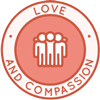
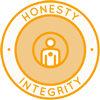
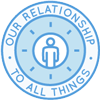
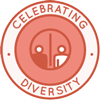
SHARE
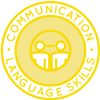
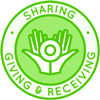
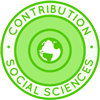
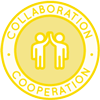
PLAY
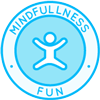
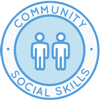
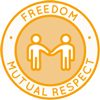
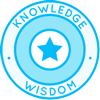
OPEN SOURCE TEACHING METHODOLOGY SUMMARIES
INDEX OF ALL THE ONE COMMUNITY OPEN SOURCE LESSON PLANS

Click this image for the Lesson Plans for Life page with links to the rest of the lesson plans
THE WORLD'S LARGEST ONLINE FREE EDUCATION RESOURCE ARCHIVE
RELATED CONTENT AND OTHER RELATED RESOURCES
x
NOTE: One Community does not believe there is any one system that is the best. It is our Highest Good of All philosophy to look at all systems and all methodologies. Our goal is to learn and integrate everything we can to better inspire and create the Education for Life program as an open source and free-shared globally collaborative and accessible program available to positively contribute to the education of anyone who chooses to use it.
● Qualitative: Formative assessment helps teachers to monitor their students’ progress and to modify the instruction accordingly. It also helps students to monitor their own progress by incorporating feedback
● Anthroposophy to incorporate inner development in areas such as intuition, inspiration, and imagination into natural science that could eventually be evaluated on the same basis
● Age 1-6/7: Learn best by being immersed in an environment where one can learn through unselfconscious imitation
● Open Ended/Gender Neutral Toy: Push Cart, Play Stand/Trestles, (
submit ideas)
● Art station specifically for art, music, and dancing (by mirror and
Montessori dress-up clothes?)
